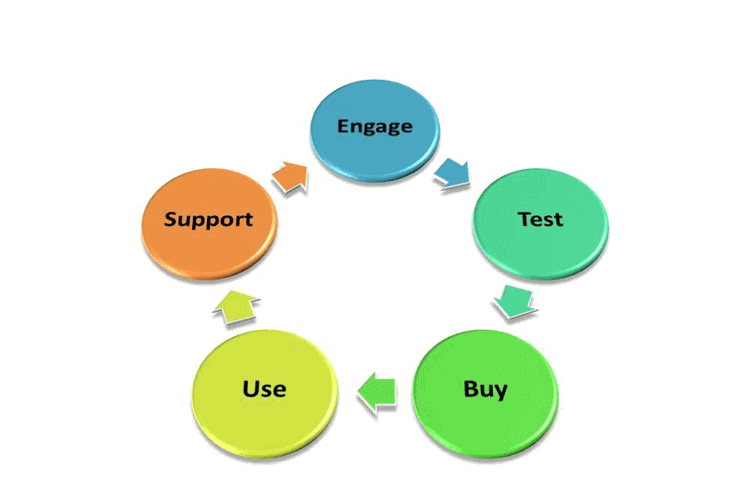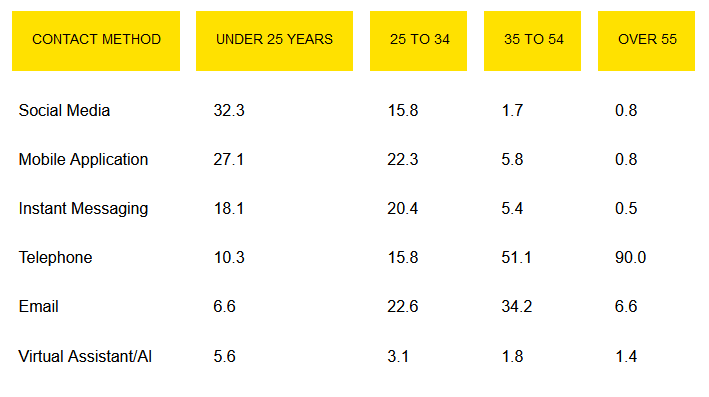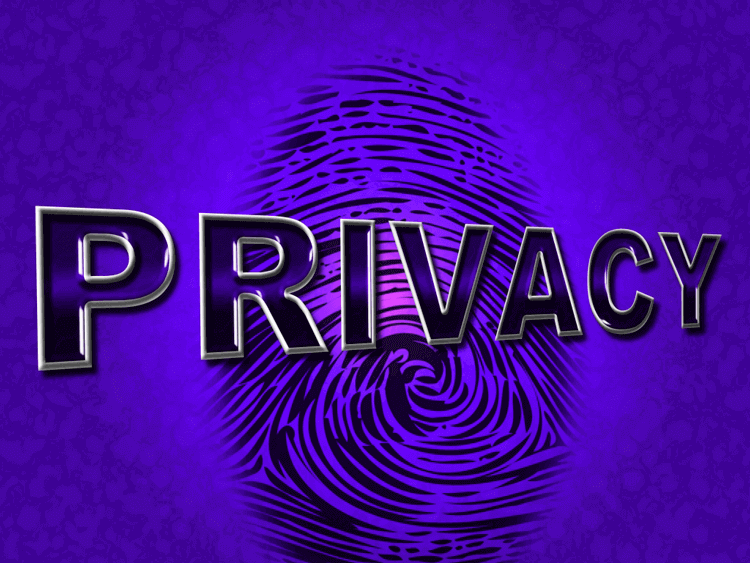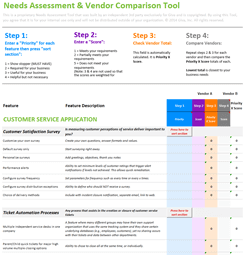3 Top Ways to Provide More Cost-Effective Customer Service
From the right tools to adequate staffing, customer service can turn out to be an expensive venture for businesses of all shapes and sizes. Most of the expenses incurred come from in-house teams, usually those working in a call-center. If customers get off of the phone with your in-house team and still don't have a resolution to their issue, that can also be seen as both time and money wasted. This is especially true if the customer decides to forego your business thanks to that particular experience.
According to Hannah Steiman of Peak Support, there are a few ways in which in-house customer service can become costly:
- The hiring process can be timely and expensive.
- Training employees is also timely and, in most cases, employers must pay their recruits for this time (whether it works out or not).
- Infrastructure costs can add up quickly, which may include office furniture and the purchase or rental of space.
- Under/overstaffing can be costly. Overstaffing can lead to paid employees sitting idle while understaffing can lead to unanswered queries and lost business.
The goal
One of a business's overarching goals is to create both new and repeating customers. A timeless way to think about the process is explained in the below graphic courtesy of Donnovan D. Simon and Business.com

Ideally, a business wants this very progression to occur for each and every one of their customers.
There is no question about it – customer service is vital to the success of any business. As a business, you do need to invest in good customer service tactics, but you don't need to break the bank to do so. We have three important tips for providing cost-effective customer service to your customers.
3 Ways to Improve the Efficiency of Your Customer Service Tactics
- Use Social Media to Your Advantage
Customer service via social media can be used to provide efficient and effective service and support. Customers who reach out on these platforms not only expect replies, but they expect them to come quickly.
A few convincing statistics:
- Over 150 million people speak to businesses via Instagram Direct every month.(Source)
- 64% of people prefer to message than call a business. (Source)
- Social media is the preferred customer support channel for young shoppers, especially those under 25, with 32.3% of them preferring social messaging to any other form of customer service. (Source)
A full breakdown of customer service communication preferences by age group can be found below:

Image Courtesy of Dimension Data's 2019 Global Customer Experience Benchmarking Report Via Consumer Reports
Did you know?
Southwest Airlines has one of the most active presences on social media when compared to other U.S. based airlines. They have a staff of approximately 40 employees who aim to respond to customer inquiries within 15 minutes or less.
How does it save you money?
With platforms such as HootSuite, a company can post content and reply to incoming messages all from one dashboard. Depending on how busy a business is and its hours of staffed customer service operations, one person may be able to handle this workload per shift.
In a guest post on Forbes, contributor Dan Gingiss has come up with an equation to calculate ROI (Return on Investment) of social media customer service investment. If you're interested in calculating this metric for your business, we suggest heading over to his post, in a new tab, prepared with the following information:
- The number of hourly or daily inquiries handled in social media
- The average resolution time per inquiry
- The average hourly rate paid to social media Customer Service agents
- The standard overhead expense allocated to hourly workers in the call center (this accounts for fixed expenses like rent, utilities, and amortization of equipment)
- The percentage of an agent's shift that is considered "downtime"
- Invest in Employee Training
In his book titled, The Great Principle of Management, Michael Leboeuf writes, "If you believe that training is expensive, it is because you do not know what ignorance costs. Companies that have the loyalty of their employees invest heavily in permanent training programs and promotion systems."
A company's strengths are reflected in the quality of its employees. Those employees are only as effective as the resources they were trained with. When employees are well-trained, they can act more decisively and efficiently to rectify issues as well as attend to other duties. This is especially true in the field of customer service. Employees should be well-versed in a business's product offerings and standard procedures.
As is noted by the team at SH!FT, "proper training will make workers better and more capable of their jobs, which will reduce the time it takes to search for information as they are working. This also helps to quell redundancy of effort where multiple employees are attempting to perform the same task, not realizing whose job it really is because they have never been trained otherwise."
How can you start saving money?
The best and most cost-effective way to offer training is with online courses that can be taken at an employee's own pace and schedule, not just before their start date, but continuously throughout their time at a company.
- Move to a Collaborative Customer Support Model
Customers can be impatient. Though it may be unwarranted at times, some frustration might be justifiable. Being passed along through a tiered customer service model, agent to agent, before assistance can be rendered is time-consuming for all parties involved. Since time equals money, this is not only a frustrating prospect for customers but also for businesses.
What is tiered customer support?
Tiered customer support is a system where teams continuously send requests to varying levels of support until they reach the correct individual or the situation is resolved. As a high-level example, simple requests or questions stay in tier 1, extensive requests funnel into tier 2, while technical issues move into tier 3. A tiered customer support system creates clear accountability in terms of who is responsible for what. As your business evolves, tiers can be altered to better serve your customers and fluctuating demand.
What is collaborative customer support?
A collaborative customer support model involves the whole team working as one. All customer service reps, regardless of seniority can access support requests and respond to them accordingly. Since a representative may be picking up where a co-worker left off, they will need to see previous correspondence to understand the situation and react accordingly. The best way to centralize information, in this case, is by using a shared inbox or by implementing a help desk software.
How does the collaborative model save businesses money?
It means all employees can handle situations. There is no need to hire people to handle specific situations or for customers to be bounced around from agent to agent or have to wait for a particular agent if they have to follow-up at a later date.
The bottom line: Customer service can be efficient
Although the tools you use to conduct customer service operations play an important role in terms of spending in this category, training and other processes can also impact the cost. The bottom line is that implementing a robust training program for recruits, as well as new approaches to customer service can save both time and money. Customer service is vital to retention, and there are ways that it can be done efficiently while still rendering positive results.





